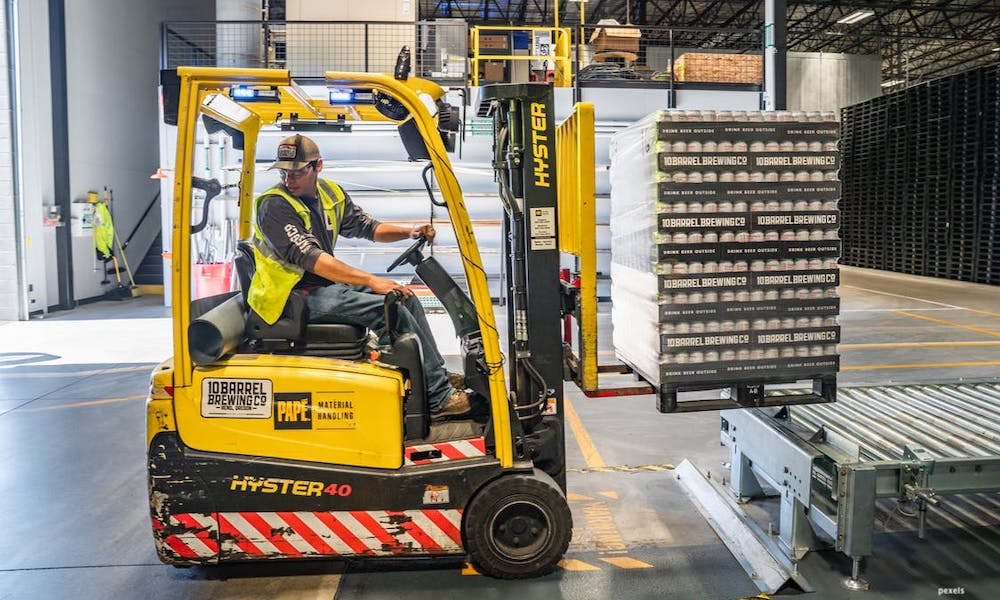Management
How do manufacturers protect their products while in transit?

When you’ve taken time to ensure a product has been manufactured to the highest possible standard you’ll suddenly appreciate the importance of having the right packing solution to ensure your product is well protected during transit.
The law is on the side of the consumer. If you take money for a product without intending to supply it then you’ll be breaking the law. If the product arrives damaged or not fit for purpose then you need to refund it!
This is a good reason why you need to find the right safety solutions; you’re not just protecting your product, your protecting your reputation and your profits!
Methods of Protecting Your Products
- Insurance
This doesn’t protect the product specifically but it does allow you to issue a replacement instantly without being out of pocket. Your current insurance company should be able to provide you with in transit cover.
- Packing
It is important to pack your products properly. The best way is to have a box just a little bigger than the product. This will help to stop it moving round in transit.
You can then add bubble wrap or similar soft packaging material to prevent the item moving and hopefully absorb any impact damage. Ideally the box should be made of corrugated cardboard to help protect it from impacts.
Smaller, less fragile items can be sent in jiffy bags or even a polybag but they will be more susceptible to damage.
- Inspection
Creating packing guidelines is a great way to ensure every one of your products is sent out properly. This does not mean that none will get broken but it minimizes the risk.
However, unless you pack every product yourself it is important for a manufacturer to have a random inspection process in place. This will ensure the procedures and standards are being adhered to.
- Transit
A large manufacturer can have their own delivery lorries. This will ensure everything is packed perfectly in crates and is unlikely to move.
However, for individual products to consumers and for most manufacturers they will be dependent on a delivery service.
While it is impossible to oversee every step of the delivery process, a good manufacturer will choose their delivery for based on their track record. The fewer the number of damaged packages the better!
- Specifications
It is advisable to put useful information on the side of your packages. You will see that many manufacturers already do this.
There is a variety of information included, such as weight, maximum drop height, number of boxes which can be stacked on top of each other and even how much vibration a product can handle.
While it is difficult to ensure these guidelines are adhered to at every step of the journey it does demonstrate that you are a manufacturer dedicated to looking after your customers.
It is important to note that damages will occur from time to time. Insurance and careful packing procedures will minimize these but you should also be prepared to deal with unhappy customers. Remember your reputation relies on happy customers!






